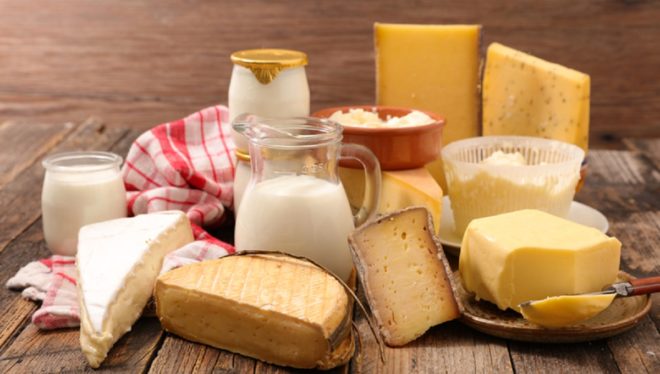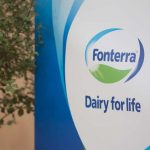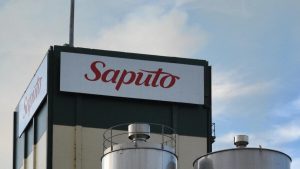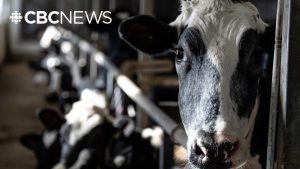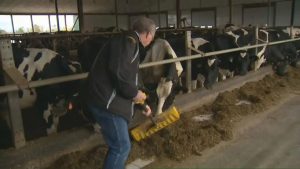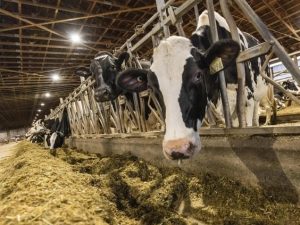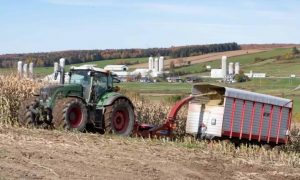
DG Sante, the European Commission’s agency for health and food safety, looked at the official control system for milk and dairy products sent to the European Union as part of the Comprehensive Economic and Trade Agreement (CETA) between the EU and Canada.
Findings are based on a review of documentation and control records and discussions with authority officials who met via videoconference because of coronavirus pandemic restrictions.
The audit in October and November 2020 concluded the control system provides a “generally satisfactory framework” to guarantee compliance of exported products with Canadian legislation and additional EU provisions but sometimes certifying officers had no direct knowledge or documented evidence for what they were certifying.
A previous audit on the controls in Canada’s milk and dairy sector for export to the EU in 2009 made three recommendations which were judged to have been addressed.
Lack of information between federal and local agencies
Canada exported 5,867 tons of milk and dairy products to the EU in 2019 while 25,243 tons went the other way, according to Eurostat data. There are 99 dairy establishments listed for EU exports.
The audit team noted cooperation between federal level and provincial authorities is limited. Information on official controls by provincial authorities is not communicated to the Canadian Food Inspection Agency (CFIA). There is no exchange of data on quality controls in milk holdings and hygiene controls on milk production holdings.
A lack of communication on the outcome of controls between the CFIA and provincial authorities has the potential to undermine reliability of the export certification of dairy products to the EU, said auditors.
When assessing raw milk in Manitoba and British Columbia, one site had been violating the plate count standards for three years, since June 2017. Although it was subject to several warnings, levies and suspensions from collection of raw milk it never had its certificate of approval cancelled.
Results of raw milk testing aren’t communicated to the CFIA, the official inspector in charge of the establishment, or to the food business which receives the raw milk.
HACCP issues
Official hygiene controls of dairy production holdings don’t cover some EU requirements on animal health, criteria for somatic cell count and plate count and traceability of raw milk, and therefore can’t provide assurances that officials are able to sign the relevant attestations in the health certificates, according to the report.
The audit team identified deficiencies in the approval and listing of EU export sites, the assessment of Hazard Analysis and Critical Control Points (HACCP) implementation, and official controls at the milk producing level. All establishments licensed under the Safe Food for Canadians Regulations (SFCR) are required to have preventive controls which are HACCP based.
They assessed the official control documentation in one dairy plant approved in 2019 by the CFIA for EU export. It had been approved without an onsite visit. The HACCP system had been checked on paper by authorities and deemed satisfactory although its implementation had not been evaluated onsite. Officials had not carried out any recent audits to assess the own-control system in place.
An assessment of a HACCP system is not required before a plant is approved for EU exports. Auditors noted that inspections didn’t verify implementation of the HACCP systems and business compliance with their own control procedures. Inspections were usually limited to documentary checks and checklists were not detailed enough to help inspectors do a proper evaluation of the functioning of HACCP systems.
